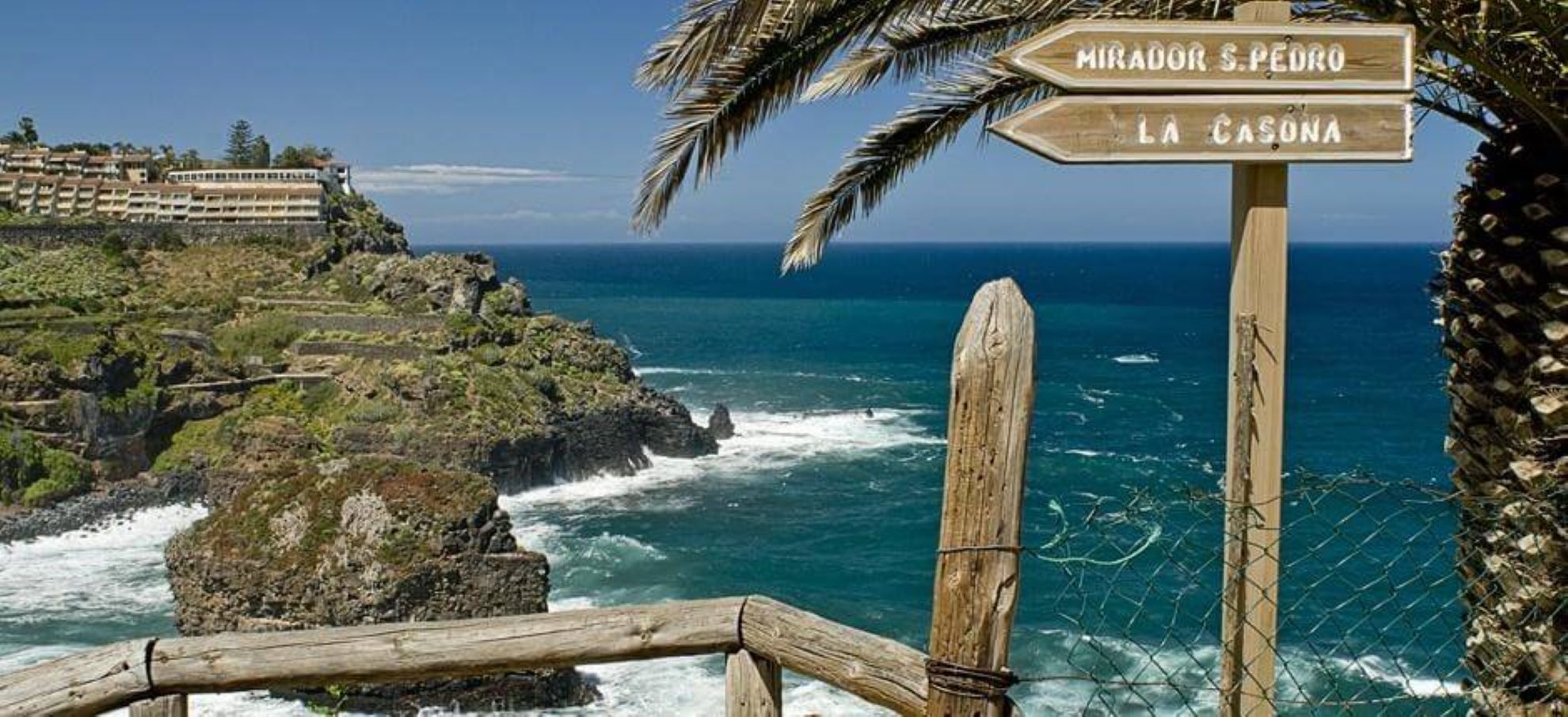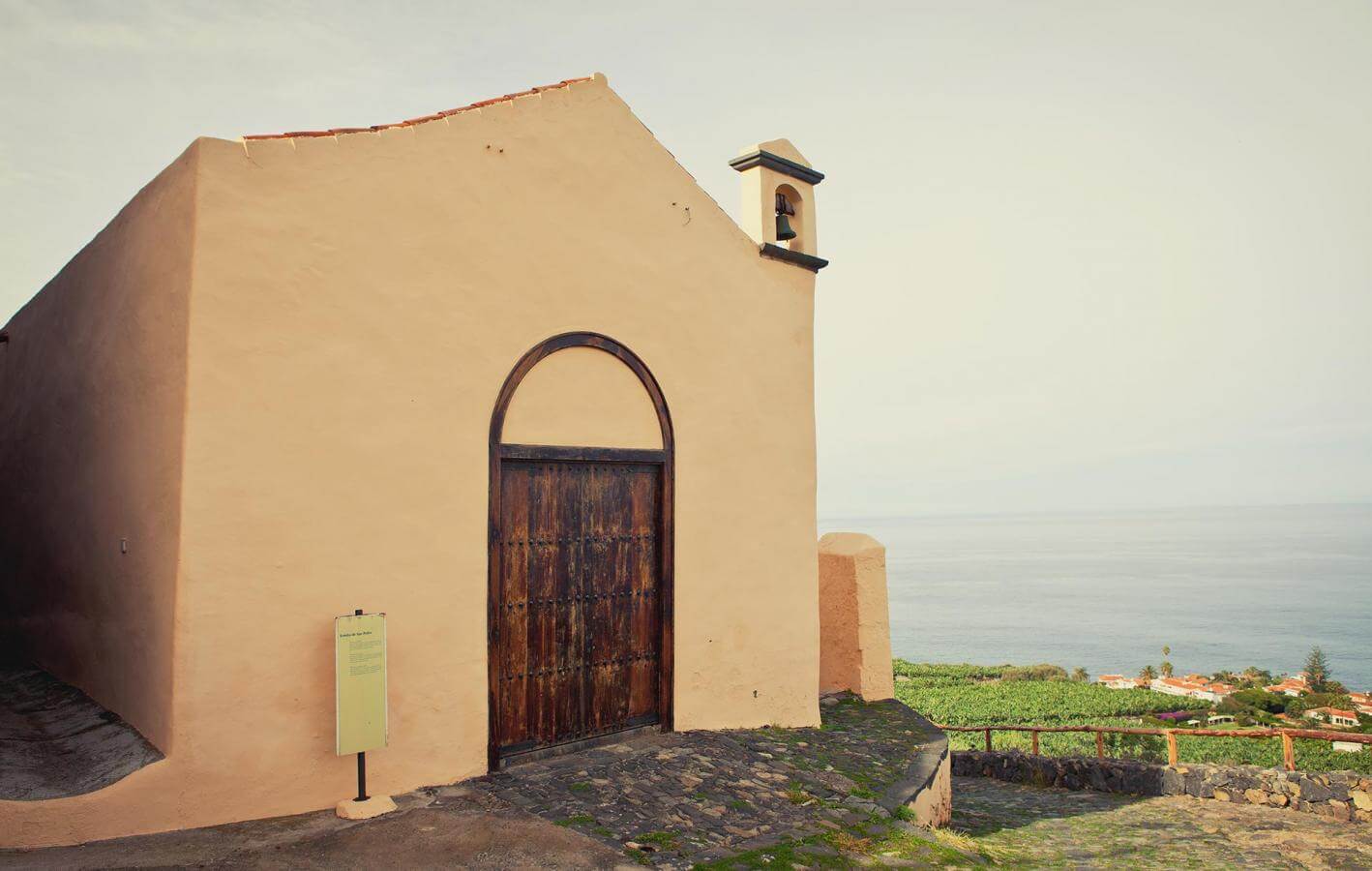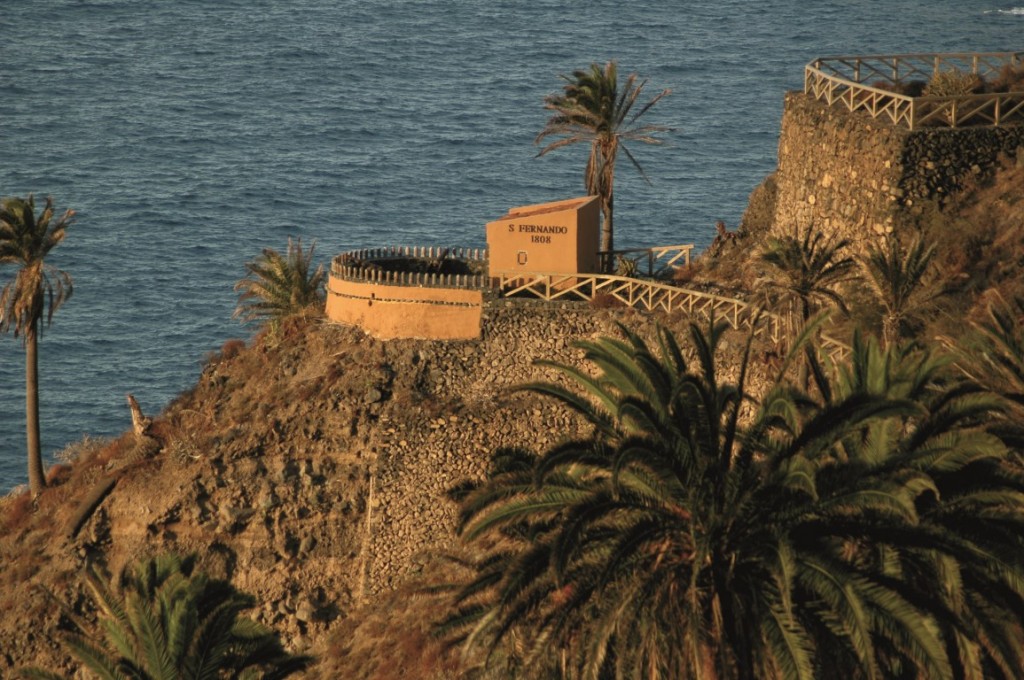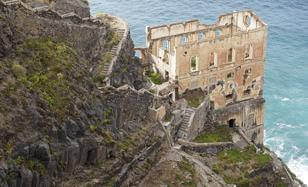Description
The Rambla de Castro Trail is a 4 km route that links the San Pedro and El Burgado viewpoints, on the north coast of Tenerife.
It is a low-difficulty route, with no major elevation changes, and features a combination of cobbled sections, dirt tracks and traditional footpaths.
Although the walk can be done in both directions, we recommend starting at the El Burgado viewpoint, in the street named Camino del Burgado, and finishing at the San Pedro viewpoint, where you will find more public transport options to return to Puerto de la Cruz.
From the first viewpoint, El Burgado, you can see Los Roques beach and the “mortalón”, a rock formation created during the landslide that formed the Orotava Valley.
The surface layer of this type of deposit is impermeable, allowing water to accumulate and rise to the surface at various points.
From here you can finish the route by following the signs until you reach Hacienda de Castro, next to the San Pedro viewpoint.
At this place you can learn about geomorphology, see large numbers of nesting birds and visit one of the few remaining palm groves in the north of the island.
Along the way, you will also have the opportunity to discover:
- The ruins of the old Elevador de Aguas de Gordejuela, the first water pumping station in Tenerife to use a steam engine.
- The San Fernando fort, from the end of the 18th century.
- The important historical legacy of La Casona, former residence of the Castro family.
- The San Pedro chapel, from the early 16th century.
Tips
- Always stay on the marked trail and do not enter private property, hunting grounds, water galleries, wells or caves.
- Pay special attention when crossing or walking along trails used by bicycles, horses or motor vehicles and when walking in ravines with water courses.
- Avoid direct encounters with potentially dangerous animals, such as livestock, beehives, and dogs.
- Proceed with caution and watch for obstacles, loose rocks, uneven terrain or steep slopes to avoid accidents and falls.
- Check out our guide to hiking in Tenerife and, if necessary, contact the emergency services by calling 112.
Guides
No data available














